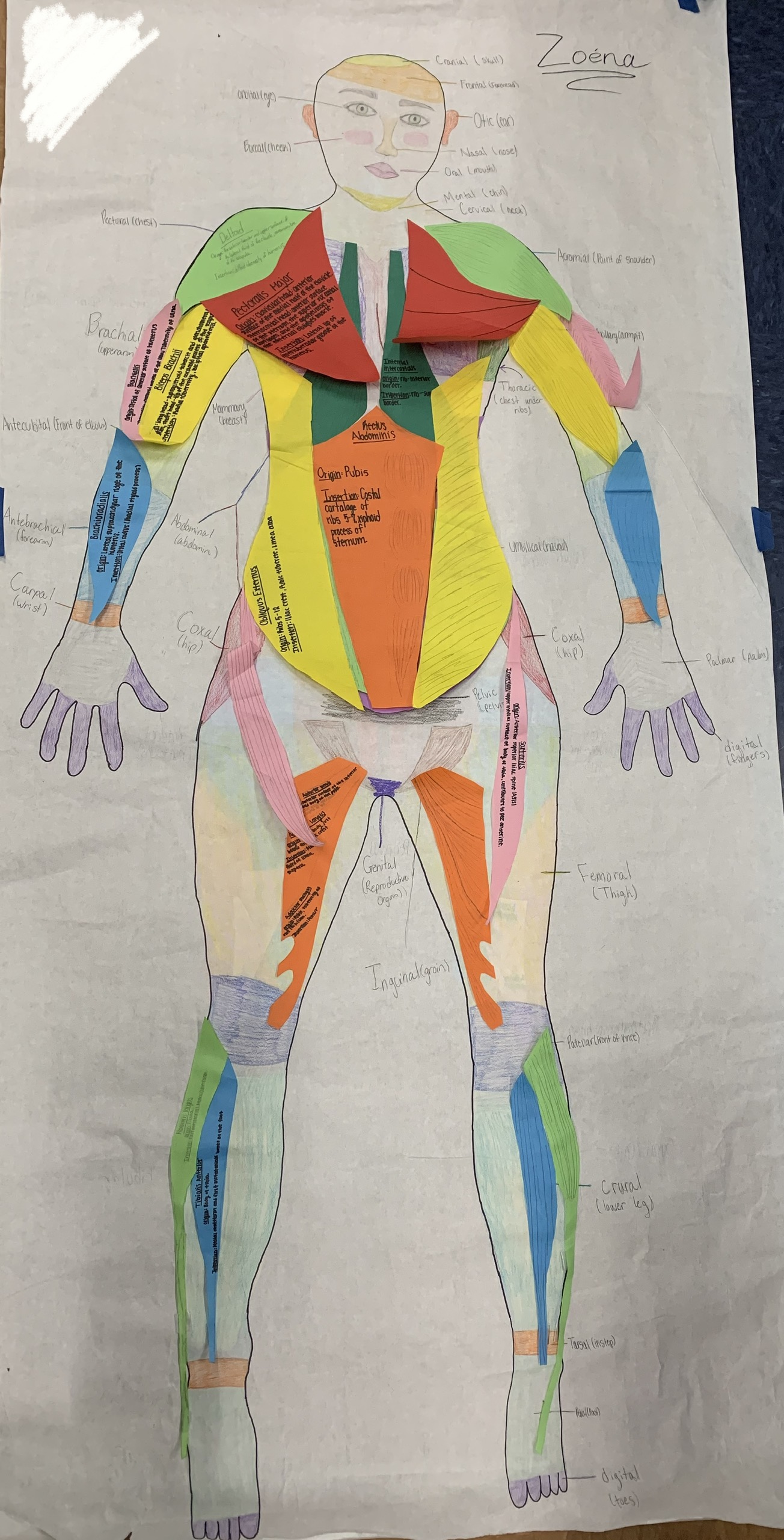It’s no secret that I have scorned the term “professional development” and the acronym for years. I love learning about science, nature, how the world works, how we learn, my craft, food, people, many things. I love talking with other teachers about our practice. It’s not the learning I resist, it’s the failed attempts to “develop” skills in professionals with no acknowledgement of what or how professionals prefer to learn.
Again this summer, I had the opportunity to take part in some genuine learning with groups of accomplished teachers. Each time, our work together took place over 3-4 days. The leaders were not administrators, or university professors, or edu-experts who are no longer in the classroom, or techno-geeks with apps or gizmos purported to make learning happen. They were all simply incredibly accomplished classroom teachers.
Something truly wonderful happens when accomplished teachers are leaders of professional learning. The very skills that are the foundation of their classroom awesomeness drive their work with other teacher-learners. There is no sit-n-git. No one leaves with the feeling that they are to “do as I say but not as I did.” There is no time for participant web-surfing or Facebooking. No time for phone games. Everyone is engaged and learning because they are doing the learning, not listening to the leaning. Every teacher makes meaning of and owns the leaning. And when teachers return to their classrooms, they will certainly implement their work in their own classrooms.
Here’s a partial list of the engaging strategies we used during our work together. If you are a teacher, you’ll probably recognize some of them.
Read the rest of this entry »
Like this:
Like Loading...




